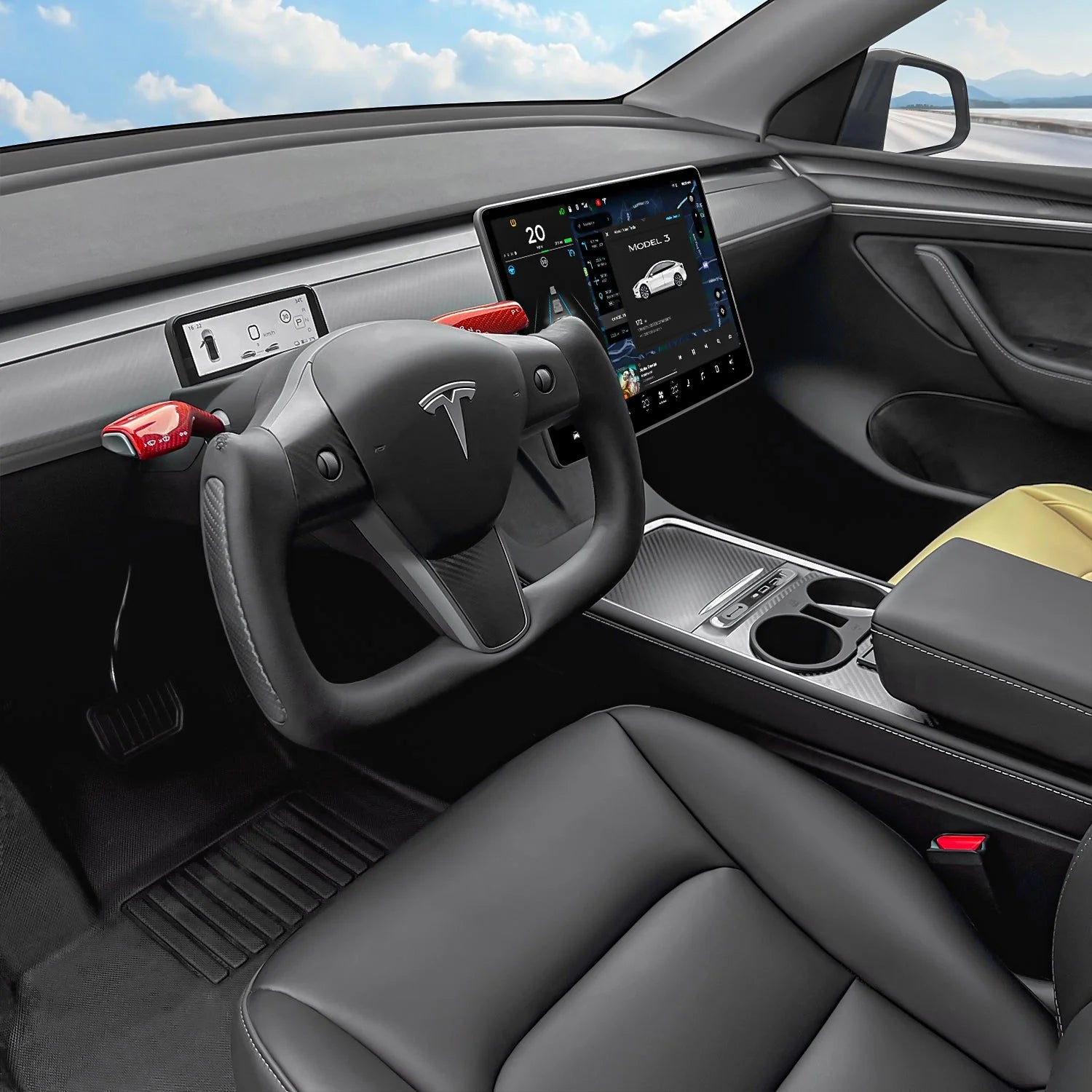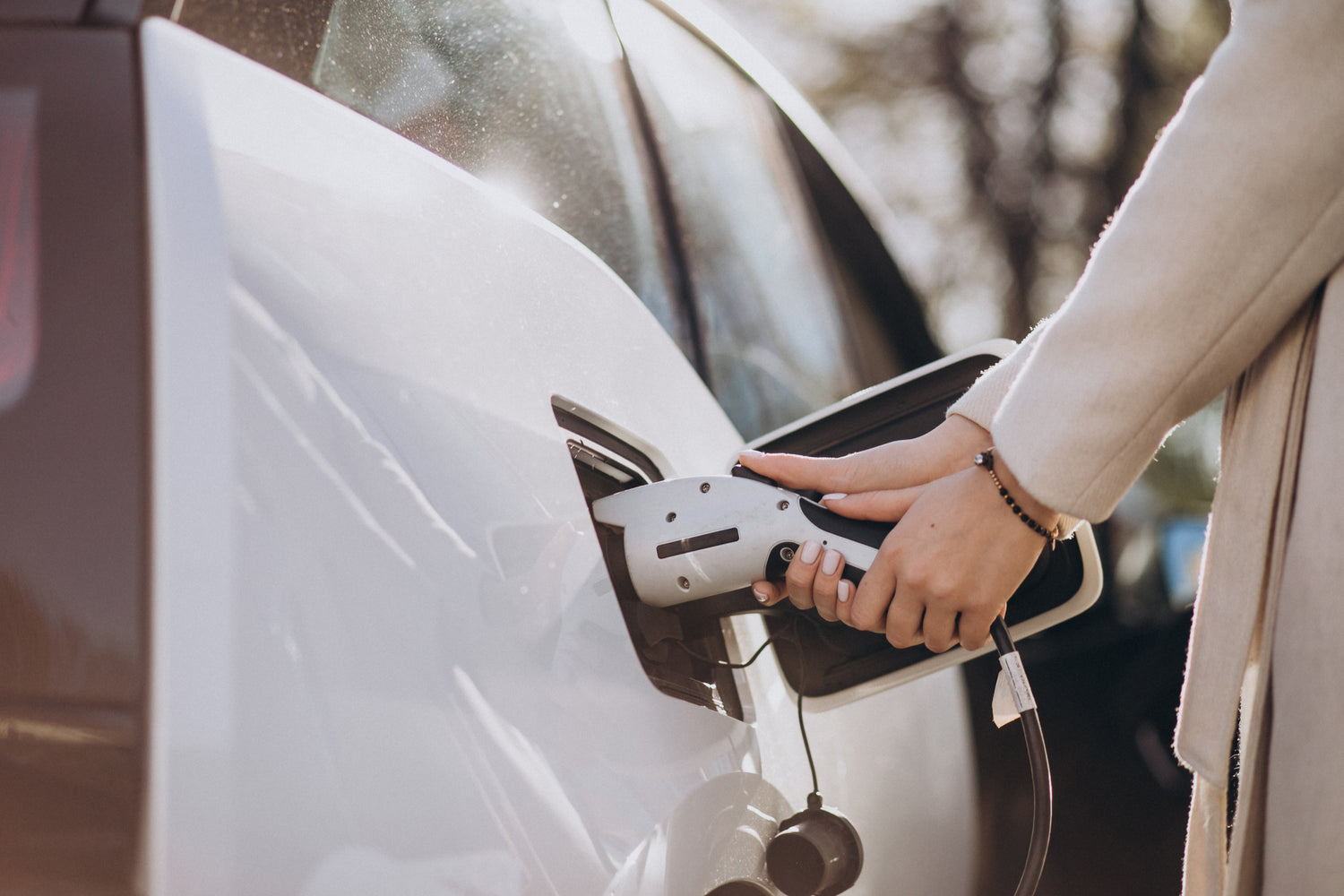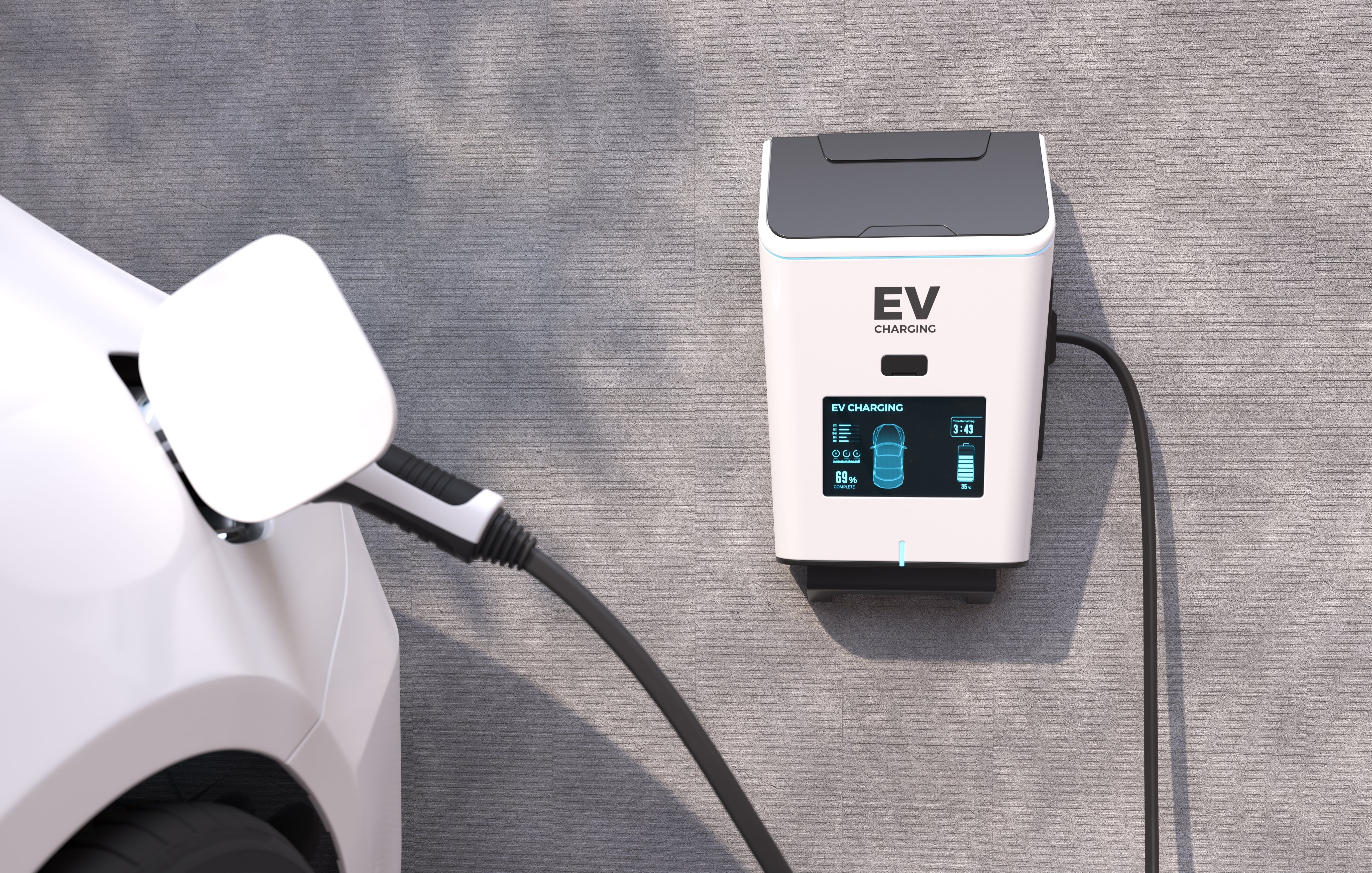Maybe you are thinking of getting an EV but fretted that it comes at too exorbitant a price in relation to the chargers in your area. Well, you are not alone. In fact, most people have fallen in love with electric vehicles for their benefits to the environment and their finances but do not have a starting point on where to look.
In this article, we'll explore the top 5 government incentives that are driving EV adoption.
We're breaking down these incentives for you, so you can learn what is EV adoption and feel great about making the jump into sustainable transportation.
So, let's get started.
Why are governments boosting EV adoption?
That is; the policies of the government in many countries all over the world are now seeking to influence people to go for electric vehicles (EVs), for some tangible reason. One of such reasons is that EVs are more environmentally friendly, that is, they help the conservation of the environment by helping to reduce the emission of greenhouse gases from traditional cars.
Of course, with that said, since electric cars do not produce such hazardous gases, their use may work towards addressing the cause of climate change.
It is also for reducing pollution in cities. Basically, EVs don't have tailpipes, and unlike normal cars that emit pollutants, they release no pollutants into the environment, hence the air may be unsafe for breathing. In this case, therefore, governments pushing for EVs may make cities clean health-wise.
Governments also seek to depend less on imported oil and are promoting EVs to use more electricity produced locally for transportation. It also helps to make countries independent and not too exposed in terms of international oil prices.
To sum up, there is no dearth of governmental support for the EV movement, and is, in general, deemed a helpful instrument to reduce site pollution and improve public health while simultaneously decreasing U.S. reliance on imported oil.
Now you know what EV adoption is. Let's discuss 5 government incentives that are booting EV adoption.
5 government incentives that boost EV adoption
To further incentivize the adoption of electric vehicles (EVs), governments worldwide have implemented various measures aimed at making EV ownership more attractive and accessible.
These incentives not only benefit individual consumers but also contribute to broader environmental and economic goals.
Reduced Taxes:
Other incentives put in place by some governments are reduction or exemption of taxes on EVs. An example is the sale tax, registration fees, or even the road taxes to be paid by a consumer. Lower upfront costs in purchasing an EV make the vehicle more affordable and likable to the consumer.
Charging Stations Expansion:
Governments are also investing in the expansion of charging infrastructure that would cover adding additional public charging stations in towns or along highways, or even in public parking facilities. That way, governments will be taking out one of the bigger barriers to EV adoption—range anxiety.
Lower or None Parking Fees:
Other benefits available in cities include lower or totally free parking charges in place. This incentive is meant to support the reduction of the cost of ownership of electric vehicles thereby encouraging people to use electric vehicles in the big parking cost cities.
Investment in R&D:
For example, governmental support toward the development of EV technologies comes in the form of funding for research and development (R&D). Funding has to be done towards new and innovative batteries, lightweight materials, and energy-efficient components.
They now have to incur a cost brought upon such support by governments in terms of R&D that enables the EVs to have more performance.
Tax Credit:
Thirdly, in other governments, it goes further with other tax credits in such a way that the EV owner will have the total tax burden redacted from them whereas in the USA, it also includes the credit less than or at the cost of the vehicle or house charging installation station.
Tax credits directly motivate people to buy a well-focused electric vehicle rather than a conventional internal combustion vehicle cost-wise.
Overall, government incentives do play into one crucial variable: contributing to increased penetration of electric vehicles.
But from all over the world, governments are supporting the bringing down of emissions, improving the quality of air, and pushing up affordability, convenience, and attractiveness through efficient transportation activities.
However, there are some potential barriers to EV adoption that you must know.
What are some potential barriers to EV adoption?
Some of the incentives are attributed to the sinking and attempted promotions, meaning that failings in the sight of the uptake of an electric vehicle (EV) have taken place.
Some of these barriers are very important aids to overcoming and surely cementing the alliance in increasing new modes of cleaner and sustainable transport.
Range Anxiety:
Potential EV car buyers have the term, "range anxiety"— the fear of running out of juice with no charging station around. If the situation with charging infrastructure is overall improving, some regions are still poorly covered.
No Universal Charging Plug Standard:
That could be another barrier to the uptake of electric vehicles. There is no set standard plug already set in recharging, and different businesses are using different plugs so far from their products rolled out.
This has made an electric car owner's life cumbersome and very involving, trying to find compatible EV charging stations, most especially for those who travel from far. The development of a standard universal charging could aid this problem.
Infrastructure in Cities:
This is also a big challenge toward its adoption in the light that the actual charging infrastructure would most likely be not in place and unavailable in the urban areas.
Much of this is being addressed by investments from governments with many charging networks; however, this is probably not going to be scaling quite at the rate that EVs are going to be getting on the road.
Other established costs will also be prohibitive as long as the extra cost of putting up charging stations contributes to businesses or municipalities.
Which countries have the highest EV adoption rate?
The facilitation that has been provided, and indeed by some of the leaders in EV adoption, has been dramatic in terms of the penetration of the all-electric vehicle (EV). An analysis further denotes, that with the leaders in terms of EV penetration, countries such as Norway saw EVs capture a good portion of the new car sales percentage, equal to their name.
The country, in a so-called cocktail of generous incentives, has exempted motorists from any taxes, issued toll discounts, and free parking, and rolled out well-laid charging infrastructure.
Other countries in which EV sales also take a sizable share of new vehicle sales include Iceland, Sweden, and the Netherlands.
All these have initiated national-level different initiatives with a package of incentives and policies toward ownership over electric and plug-in vehicles, including tax incentives, bus lane access, and infrastructure investment in the building of charging stations.
Final Words
So, on to the degree that this is the place where we can put the right kinds of incentive and policy structures into place, really, across the board, that this is something that truly will be enabled to push out very rapidly towards and have EVs truly out on the road.




